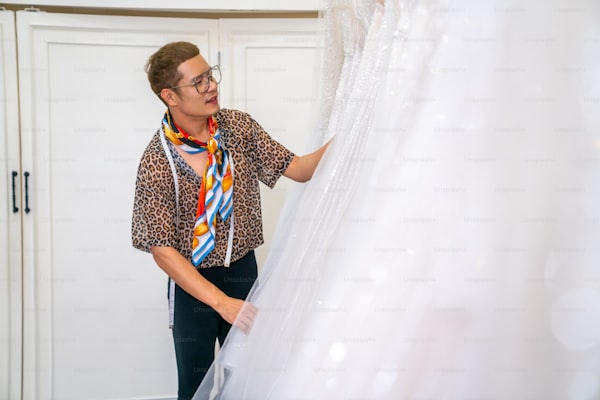Designing the Perfect Wedding Dress: Balancing Comfort and Style
Introduction
Choosing the right wedding dress is one of the most important decisions a bride makes during her wedding planning process. It should encapsulate her personality while also ensuring comfort throughout the day. In this article, we will explore how to design a wedding dress that accommodates both comfort and style, providing valuable insights and considerations for brides-to-be.
The Importance of Comfort in Wedding dresses
Weddings can be lengthy and demanding events; therefore, the dress must allow for comfort. A bride should not be restricted by her attire as she moves through the ceremony and reception. Here are a few reasons why comfort is essential:
- The average wedding lasts approximately 8-12 hours, requiring the bride to feel at ease throughout the day.
- A comfortable dress allows for better movement, especially during dancing and other activities.
- Brides who are comfortable are likely to feel more confident, enhancing their overall experience.
Factors to Consider for Comfort
| Material | Choosing the right fabric can significantly impact comfort levels. Lightweight, breathable materials such as chiffon, cotton lace, and silk are excellent choices. |
| Fit | A well-fitted dress will allow for better movement and comfort. Consider tailoring options for a custom fit. |
| Design Details | Consider design elements like a sweetheart neckline or a-line silhouette, which can enhance both comfort and elegance. |
| Layering | Multiple layers may add visual interest but can be uncomfortable in warmer seasons. Make informed choices about the number of layers. |
Understanding Style in Wedding dresses
While comfort is vital, style is equally important. The wedding dress should reflect the bride's personality and the theme of the wedding. Here are some style considerations:
- Choosing a color: Traditional white is timeless, but consider shades like ivory, blush, or even bold colors that express individuality.
- Silhouette choices: Popular styles such as mermaid, ball gown, or sheath can influence the overall style of the dress.
- Embellishments: Details like lace, beading, or appliqué can add a unique touch to any dress.
Popular Wedding Dress Styles

To give you some ideas, here’s a snapshot of trending Wedding Dress Styles that combine comfort and elegance:
| Style | Comfort Features | Popular For |
| A-line | Easily accommodates movement and flatters various body types. | Casual and formal weddings. |
| Fit-and-flare | Hugs the body in all the right places while allowing ease of movement. | Modern brides wanting a fitted look. |
| Bohemian | Loose-fitting materials create a relaxed and comfortable feel. | Outdoor or seaside weddings. |
Designing Your Wedding Dress: Step-by-Step
Now that we've touched on comfort and style, let’s break down the process of designing the perfect wedding dress:
- Identify Your Style: Create a mood board with images of dresses that resonate with you. Consider detailing and color.
- Choose Comfort-Enhancing Fabrics: Opt for materials that allow for airflow and ease of movement, balancing your aesthetic preferences.
- Consult with a Designer: A professional can guide you toward designs that marry comfort and style based on your body type and preferences.
- Consider Customization: Custom alterations can optimize fit. If the dress is too tight in certain areas, certain alterations can make it more comfortable.
- Try It On: Always prioritize trying on dresses and moving around in them to gauge comfort levels before making a purchase.
Real-Life Examples of Successful Designs
Brides like Kate Middleton have shown us that practical yet stunning Wedding dresses are entirely achievable. Kate's Alexander McQueen gown featured a simple silhouette while embodying grace and class, showing that one can marry tradition with modern design principles.
Common Questions About Designing Your Wedding Dress
- How do I balance comfort and style? Start by choosing a silhouette that flatters your figure and materials that are comfortable.
- What fabrics should I avoid for comfort? Heavier fabrics like velvet or thick satin can restrict movement; consider lighter options.
- Should I consider the weather when designing? Yes! Opt for breathable fabrics for summer weddings and warmer materials for winter months.
Conclusion
In summary, designing a wedding dress that accommodates both comfort and style is a nuanced process that requires thoughtful consideration of materials, silhouettes, and embellishments. As outlined, the combination of practical choices and personal flair can lead to a stunning gown you will cherish forever. Remember to try on various options, consult with professionals, and always prioritize what feels best for you. Ultimately, your wedding dress should not only enhance your beauty but also allow you to celebrate your special day with confidence and grace.